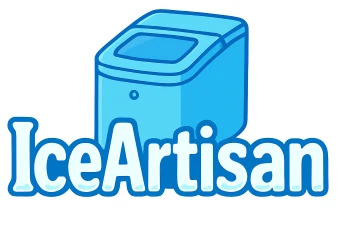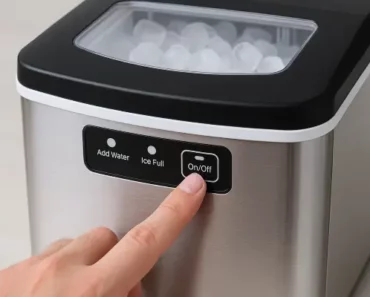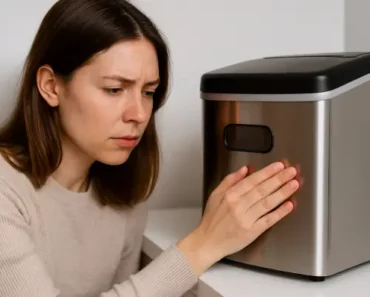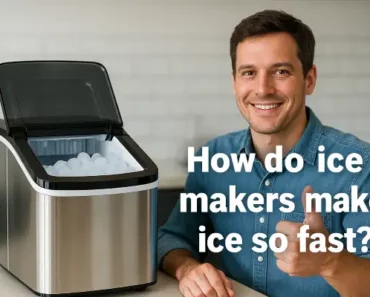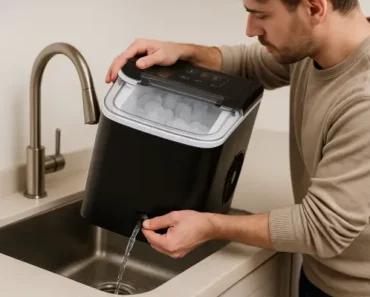Do ice makers need water lines? This question frequently puzzles homeowners with limited kitchen space but still want a separate ice maker in their kitchen. The answer lies in understanding how does ice maker work, but just scrolling down a little bit can help impatient readers to have their quick answer.
I’ve made a comprehensive “Ice Maker FAQ” series collecting all common ice maker problems to help Ice Artisan readers quickly troubleshoot their ice maker units.
- ⚖️ Countertop vs undercounter ice makers
- 👍 Are portable ice makers worth it?
- ⚡ How much electricity does an ice maker use?
- 💧 Does an ice maker use a lot of water?
- 🪣 Do ice makers need to be drained?
- 🚫 Can ice makers cause water damage?
- 🚰 Do ice makers need water lines?
- 🔊 Are countertop ice makers loud?
- 😭 Do ice makers make a lot of noise?
- 🔗 Are countertop ice makers safe?
- ⛺ Can ice makers be used outdoors?
- 🔌 Can ice makers be left running all the time?
- 🚗 Can ice makers be used in RV?
- 🗄️ Can ice makers be installed in cabinets?
- ❄️ Do portable ice makers keep ice frozen?
- 🛠️ Can ice makers be used in garages?
- 📄 Do ice makers store ice?
- 🚀 How do ice makers make ice so fast?
- 💡 How does ice maker work?
- 🎰 How does a commercial ice maker work?
- 🛠️ How to install an undercounter ice maker?
- ❄️ How to make clear ice in ice maker?
- 🪣 How to increase ice production in ice maker?
- ⏳ How long does an ice maker take to make ice?
- 🔗 When to replace ice maker filter?
- ⏱️ When to replace ice maker?
- 💡 How to clean ice maker?
- 😭 Why does my ice maker smell bad?
- 🫗 How to drain an ice maker?
- 🪣 How to unclog an ice maker?
- 🔗 How do I unstick my ice maker arm?
- 💧 How to fix ice maker leaking water?
- ❄️ Why is my portable ice maker making too much ice?
- 🥵 Why is my ice maker hot?
- 🔌 What happens if you don’t turn off the ice maker?
- 🧊 How to fix ice maker not making ice?
Ice Artisan‘s best picks
Do ice makers need water lines?
Some ice makers need water lines while others don’t, depending on their design and intended use. This fundamental concept separates ice makers into two main types: undercounter ice makers that need to be manually installed, so they need water lines; and countertop ice makers that don’t need water lines. If you have limited spaces to connect the ice maker with water lines, choose one countertop ice maker instead.
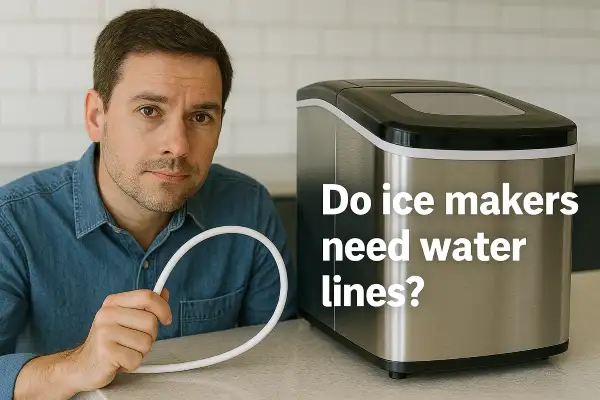
Countertop ice makers: No water line required
Portable countertop ice makers operate without any need of water lines. These compact units have built-in water reservoirs that you need to fill manually. Once filled, the internal system circulates the water to produce ice within minutes. A countertop ice maker is meant to prioritize convenience and flexibility over continuous operation.
The reservoir-based design offers several advantages. These units can be placed anywhere with access to an electrical outlet, making them ideal for rented apartments, RVs, boats, or temporary setups. They require no professional installation or water lines. Many people love how easily they can be stored when not in use, sparing valuable counter space.
Obviously, the convenience means limitations. A countertop ice maker can’t produce such huge amount of ice (limit to about 26-40 pounds daily) and require continuous water filling. It won’t keep ice for long if you don’t take care, and unused ice will melt back to the reservoir, activating the ice making process again. Yes, if you forget the countertop ice maker to run on its own, it will cost much more energy.
Undercounter ice makers: Water lines required
Undercounter ice makers, (also called built-in ice makers, or commercial ice makers) require direct water line connection. You need to know how to install an undercounter ice maker for it to work, requiring water lines as source to supply water in ice production process. As a result, ice production can repeat on its own, without intervention.
The automatic water supply system is required for high-volume ice productions, thus the undercounter ice maker is called “commercial”. These ice machines produce substantially more ice (often 50-500+ pounds daily) and have a consistent supply without user attention. The direct connection also help the ice maker to drain, either through gravity drain or pump, preventing water accumulation issues.
Because of this, many luxury homeowners will choose an undercounter ice maker instead of countertop ones. An undercounter ice maker usually has high-insulated ice bin that can keep the ice to last for hours, thus making ice always available to use.
I hope that you have your answer for the question “Do ice makers need water lines?” If you only want a portable ice maker that makes quick ice whenever you plug it in, then no, this ice maker don’t need water lines.
